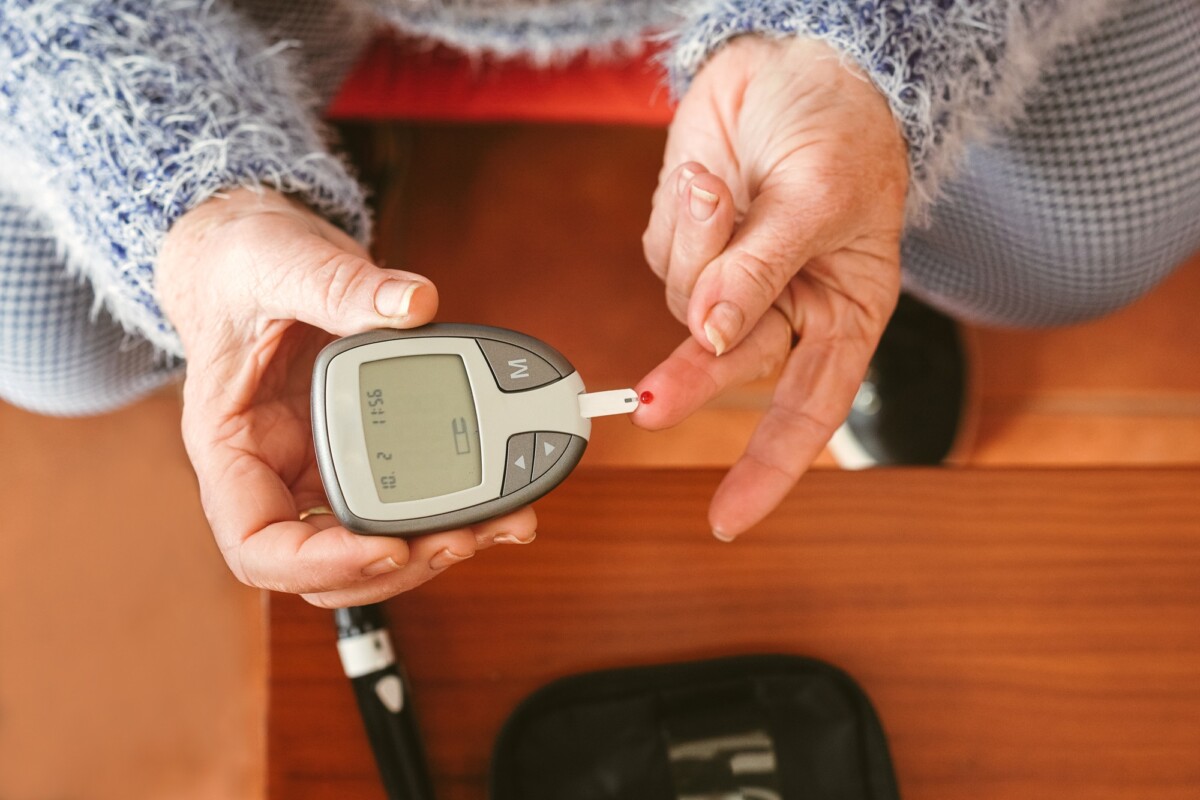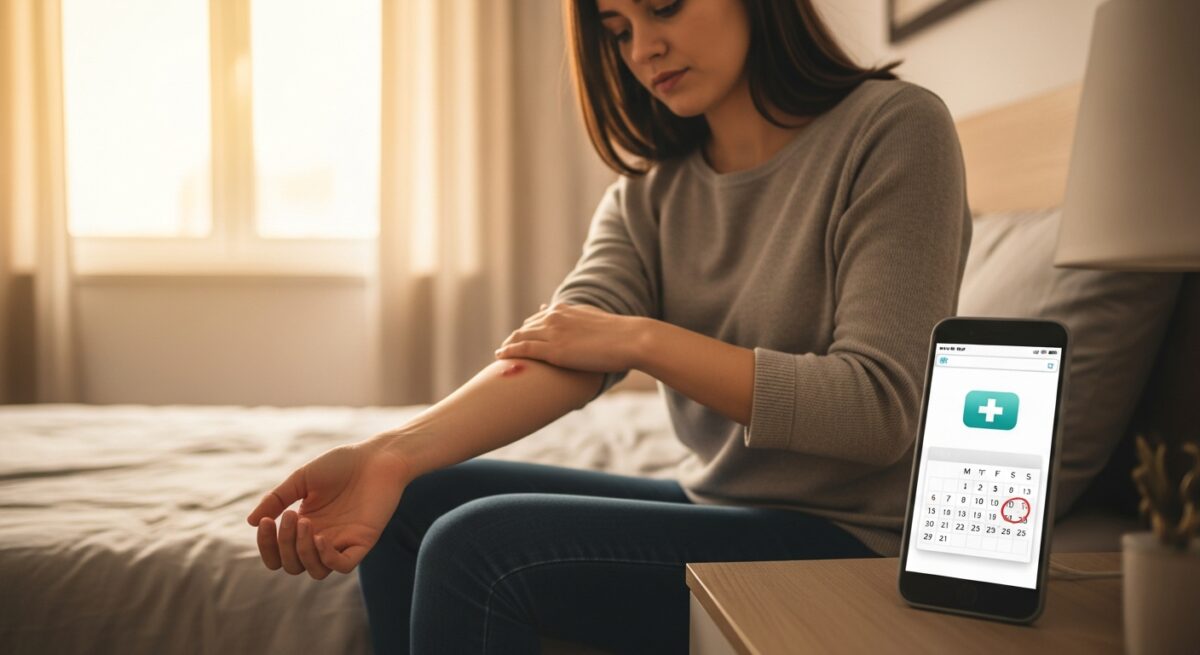Protect Your Diabetes Sensor with These Stylish Covers
In the world of diabetes management, Continuous Glucose Monitoring (CGM) systems have revolutionized how people monitor their blood sugar levels. Among these systems, the Freestyle Libre sensor stands out as one of the most popular. These devices allow users to track their glucose levels in real time, reducing the need for fingersticks and improving overall diabetes management. However, taking care of the sensor and ensuring its longevity is a common concern. One aspect of this is the use of diabetic sensor covers. This comprehensive guide will explore everything you need to know about diabetic sensor covers, including their purpose, how to use them, and the best practices to follow.
What Are Diabetic Sensor Covers?
A diabetic sensor cover is a protective cover or adhesive designed to safeguard the Freestyle Libre sensor or other CGM sensors. These sensors are typically worn on the skin, often on the upper arm, and can be vulnerable to external elements such as moisture, dirt, or accidental bumps. A sensor cover helps to keep the sensor in place, protect it from damage, and extend its lifespan. Some diabetic sensor covers are waterproof, while others are designed to be more breathable to prevent irritation.
The goal of a diabetic sensor cover is not just protection; it also helps ensure that the sensor stays securely attached to the skin, minimizing the chances of it becoming dislodged during daily activities such as exercise, swimming, or sleeping. These covers are especially helpful for those who lead active lifestyles and want to make sure their CGM device stays in place.
Benefits of Using Diabetic Sensor Covers
-
Protection from Water: Many people are concerned about the potential for their CGM sensors to be damaged by water. Diabetic sensor covers can provide a layer of protection against water damage, allowing you to shower, swim, or engage in other water activities without worry.
-
Enhanced Comfort: Some sensor covers are designed with comfort in mind, using soft, breathable materials that help to reduce irritation or chafing that may occur from wearing the sensor for extended periods.
-
Increased Durability: A sensor cover helps to shield the sensor from accidental bumps, scratches, or abrasions, which could otherwise compromise its accuracy or functionality.
-
Discreet Appearance: For many users, the appearance of the Freestyle Libre sensor may feel intrusive or noticeable. Sensor covers come in various styles and colors, allowing users to choose a cover that fits their personal aesthetic and blends more seamlessly with their skin.
-
All-Day Security: Diabetic sensor covers help keep the CGM sensor securely in place, preventing it from shifting or falling off during physical activities like exercise, running, or swimming.
Types of Diabetic Sensor Covers
There are several different types of diabetic sensor covers available on the market. Depending on your needs, you may find that a particular type works better for you than others.
-
Waterproof Covers: Waterproof covers are ideal for users who frequently engage in water activities, such as swimming, or who want to avoid having to remove their sensor during showering. These covers create a barrier that protects the sensor from moisture, ensuring it continues to work properly in wet conditions.
-
Breathable Covers: Breathable covers are made from materials that allow air circulation to reduce the buildup of sweat and moisture beneath the sensor. These covers are particularly beneficial for people with sensitive skin or those who tend to sweat more.
-
Silicone or Fabric Covers: Some users prefer a more comfortable, soft material to cover their sensors. Silicone or fabric covers offer both protection and comfort, making them a good option for those who have skin sensitivities or who wear the sensor for long periods.
-
Customizable Covers: Some brands offer customizable diabetic sensor covers that allow users to personalize the color, design, or pattern of the cover. These options are great for people who want to add a touch of style while still providing the necessary protection.
How to Apply a Diabetic Sensor Cover
Applying a diabetic sensor cover is relatively simple, but it’s important to follow the instructions provided by the manufacturer to ensure proper placement. Here’s a step-by-step guide to applying a sensor cover:
-
Clean the Skin: Before applying the sensor cover, clean the area around the sensor with soap and water. It’s essential to remove any dirt, oils, or lotions that might interfere with the adhesive.
-
Peel off the Backing: Once the area is clean and dry, carefully peel off the backing from the adhesive side of the sensor cover.
-
Apply the Cover: Place the cover over the Freestyle Libre sensor, ensuring it fits securely around the edges. Gently press down to ensure a strong bond with the skin.
-
Check for Fit: After applying the cover, check to make sure it’s snug and secure. The sensor should not move or shift under the cover.
-
Allow to Settle: Give the adhesive a few minutes to settle before engaging in any activities to ensure the cover stays in place.
How to Remove Diabetic Sensor Covers
Removing a diabetic sensor cover is typically easy, but it’s important to do so carefully to avoid damaging the sensor. Here’s how to safely remove the cover:
-
Lift the Edge: Gently lift one edge of the sensor cover. You can use your fingers or a pair of tweezers to get a grip on the edge.
-
Peel Slowly: Once you have a grip, slowly peel the cover off the sensor. Be sure not to yank it off to prevent any adhesive from sticking to the sensor or skin.
-
Dispose of Properly: Dispose of the cover in a way that is environmentally friendly, as some sensor covers may be made from plastic or other non-biodegradable materials.
Best Practices for Using Diabetic Sensor Covers
-
Replace Regularly: Even the best diabetic sensor covers can wear out over time. To ensure your sensor stays protected, replace the cover regularly, especially if it begins to peel or lose its adhesive properties.
-
Avoid Excess Moisture: Although many sensor covers are waterproof, it’s a good idea to avoid soaking the cover in water for long periods. Prolonged exposure to moisture can weaken the adhesive, making it less effective.
-
Test Before Full Use: If you’re using a new brand or type of diabetic sensor cover, it’s a good idea to test it for a few hours to make sure it adheres properly and doesn’t cause any irritation.
-
Choose the Right Material: Make sure to choose a cover material that suits your skin type. If you have sensitive skin, opt for breathable, hypoallergenic options to avoid irritation.
Diabetic Sensor Covers for Active Lifestyles
For people who engage in intense physical activity or sports, a secure diabetic sensor cover is essential. Whether you’re running, cycling, or swimming, it’s important to choose a cover that can withstand sweat and motion. Waterproof and durable covers are ideal for these scenarios, ensuring the sensor stays in place and continues to function properly even during vigorous activities.
Diabetic Sensor Covers for Kids
Diabetic sensor covers are also popular among parents of children with diabetes. Kids tend to be more active, and the sensor may be at risk of becoming dislodged during play. Opting for a fun, colorful cover can make the device more acceptable to young users while still providing the protection needed to keep the sensor secure.
FAQ
1. What should I cover my Libre sensor with?
You should cover your Freestyle Libre sensor with a protective, breathable, or waterproof sensor cover to keep it secure, shield it from moisture, and prevent irritation.
2. Do I need to cover my Freestyle Libre sensor when showering?
Yes, it’s a good idea to cover your Freestyle Libre sensor when showering to protect it from water damage. Waterproof sensor covers are available for this purpose.
3. Can you put tape over a Freestyle Libre sensor?
Yes, you can use tape over a Freestyle Libre sensor as long as it is designed to be safe for skin contact and does not interfere with the sensor’s function.
4. Can you cover the hole on the Freestyle Libre sensor?
No, it’s important not to cover the hole on the Freestyle Libre sensor, as this is where the sensor communicates with your device. Use a cover that allows the sensor to function properly without obstructing the sensor’s openings.
Conclusion
Diabetic sensor covers play an essential role in protecting your Freestyle Libre sensor, ensuring its longevity and performance. By choosing the right cover for your lifestyle and needs, you can enhance your diabetes management experience. Whether you’re looking for waterproof protection or breathable comfort, there are plenty of options available to keep your CGM sensor safe and secure. Be sure to follow the best practices and replace your covers regularly to keep your device working at its best.
Prescription savings, lower premiums, better coverage—see your options at NewMedicare.com or 📞 833-203-6742.






